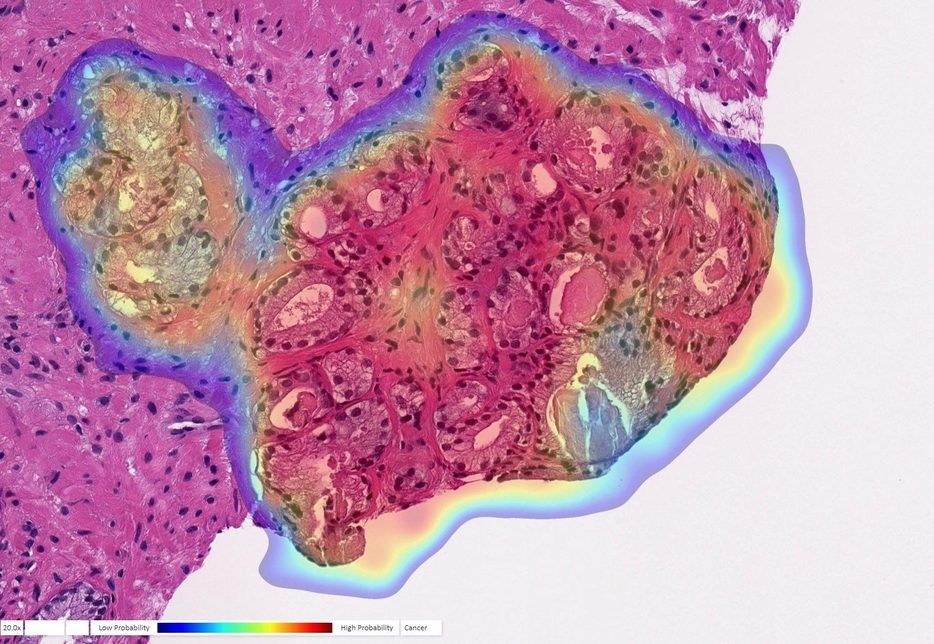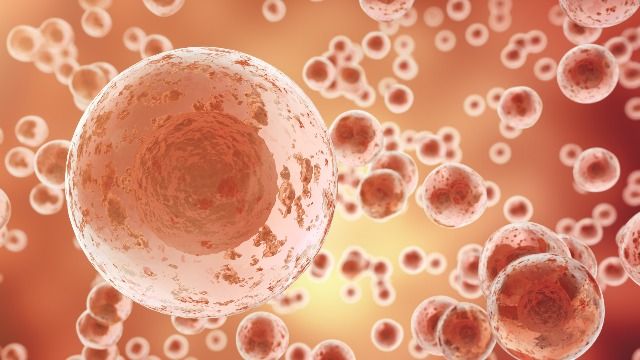Interviewed by mika curtis, for the space renaissance academy mentorship programme.
We are honored and proud to publish this interview with Prof. Paul Ziolo, Psychohistorian, Senior Lecturer at the University of Liverpool, who kindly accepted to reply to some questions about his role as a Mentor of the Space Renaissance Academy. https://youtu.be/1UDJB7DS1Lo
The Space Renaissance Academy Mentorship Programme is a wide and very ambitious initiative. Our goal is to provide help to all students willing to have an active role in the incoming space settlement! We are realizing short video-recorded interviews to our Mentors: in 15 minutes, our anchorwomen are asking them about their interest for human expansion into space, their vision and how they think to motivate and inspire young generations to engage in space settlement. The SRI Volunteers team: Bharathi Sharma, Sachika Bhatia (Space Renaissance India), Corrinne Graham (Space Renaissance USA), Mika Curtis (Space Renaissance UK).
Here’s a presentation of the SR Academy Mentorship Programme. https://spacerenaissance.space/the-space-renaissance-acade…/
You are also invited, if you didn’t yet, to check our updated questionnaires about Mentorship Disciplines and Themes for Graduate Theses, indicating your preferred disciplines and themes. https://spacerenaissance.space/themes-for-graduate-works/ https://spacerenaissance.space/themes-for-graduate-works/
Don’t forget to subscribe to the SRI youtube channel! https://www.youtube.com/channel/UC7nbRtSj7Q2q_MWRtFws3gA






